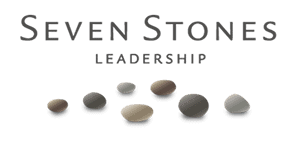A Sufficiency Practice is really a spiritual practice, or a practice in mindfulness. In order to recognize our enoughness, we must come into presence, come into an inner state of quiet. From this ground of being, we are able to see the what is of reality, the perfection of the moment. In fact, it is impossible to deny from this seat of awareness. The only action we must take is creating the environment – set the stage – for this internal state to blossom forth from within.
Creating context is an art and a science. We are training our mind’s electric board to simmer down, for our frontal lobes to actually stand back and act as witness so that they may see clearly from a vantage point behind the details and the illusion that we must act (e.g. do anything). We are thinking and doing machines – our cerebral cortex, or the newest part of the human brain, is the miracle of high functioning cognition. But this part of our brain also came with the capacity to witness, to stand as a reflector to the brilliance – and sufficiency – that is life. When we quiet and soften back our minds, we are able to flow, to remember what is whole and complete already around us. We can fully listen to ourselves and the wisdom that is always available to us.* This is the essence of what all the great teachers of all times have been inspiring us to try for ourselves.
The challenge for the modern person – including myself – is to take the seat into the quiet, to make the time, the space, the context for this brain release, the transition to calmer brain waves. I am a great example of a woman who was told she could do anything she put her mind to, and took that to an excessive place of overachieving, double-booking and more is better-like striving. I became a workaholic, a socializing machine, a knowledge fiend. Whatever I put my mind to, I went for it. I’ve seen myself do this with healthy habits too – exercise, building strong relationships, eating well and even meditation. None of my excessive behaviors brought me a sense of wholeness or joy.
What I can tell now – from many years of input from teachers more skilled than I and a growing and steady practice of mindful movement, meditation and yoga – is that to experience the ground of being, which is sufficiency, I don’t have to do much except roll out my mat. I can ring a bell and light a candle too, but the quiet and expansiveness of enoughness will flow whether I do those things or not. I just have to set the time, sit down and settle into it – create the context for quiet.
Settling is an experiment, and our rhythms change from minute to minute and week to week (and of course year to year). There is a miasma of ways and paths and rituals that help us to do this settling. All we need to do is pick one and be gentle with ourselves as we finesse what works for us. Then the settling takes on the same kind of flavor as creating context: we create the outside conditions for quiet, and then work on the inside conditions for our mind. There is no right way, just the way that works for you in that moment. (One way to quiet the mind is to do contemplative reading, Living In Sufficiency: A Daily Journey).
For me, I’ve needed the regular intervention of a teacher. It’s been a long journey, over a decade since I first declared I wanted a daily practice. I struggled to sustain anything over time until about three years ago when the help I sought out after I had my first child came in the form of a shaman who gently co-created a ritual with me that I could actually commit to and keep. From there, my practice has morphed many times but the central theme is the same: create a doable routine and time I could commit to each day, and then settle and wait. This is how sufficiency occurs for me, for now.
*Napolean Hill of Think and Grow Rich calls this “Infinite Intelligence” and in his books talks about how many men have made their living on getting quiet to listen to what comes through them and then capturing that wisdom for profit.



